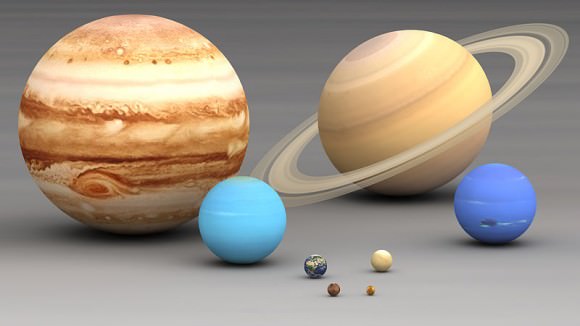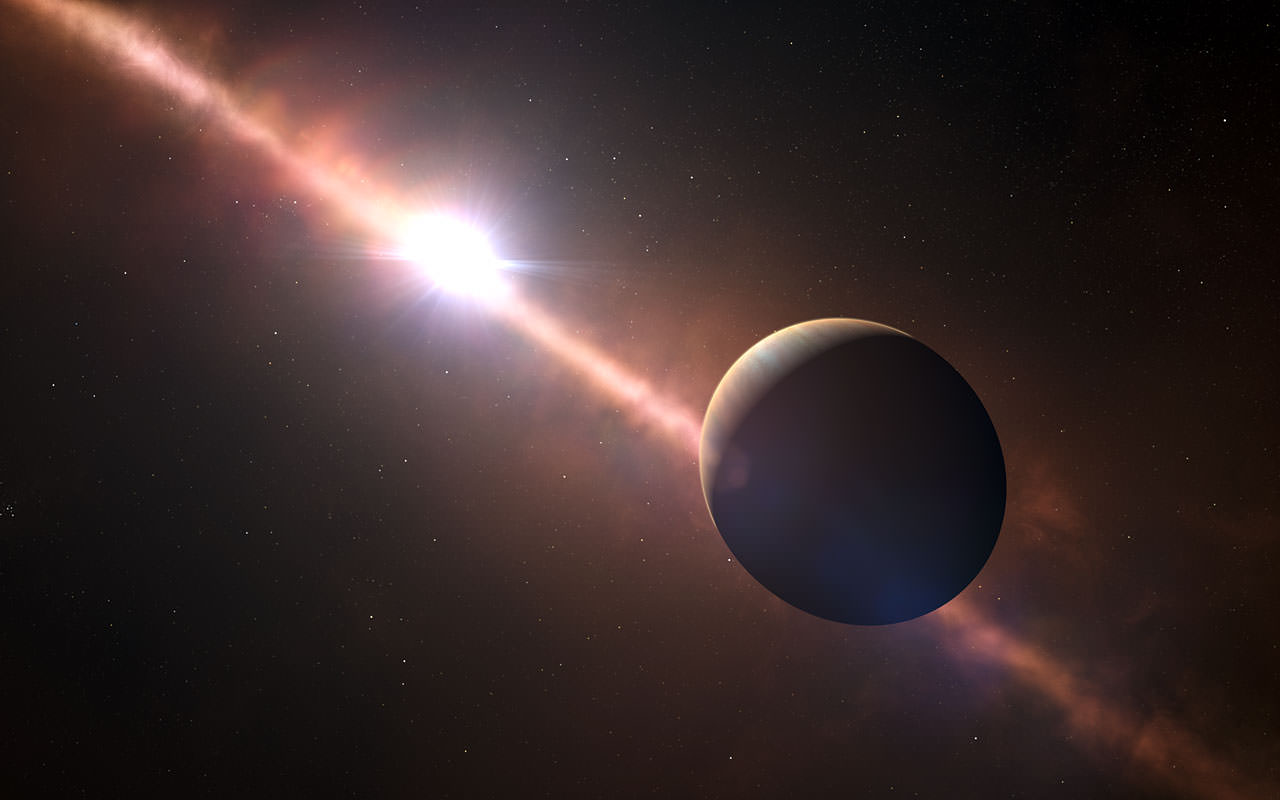Between the time you got to work this morning and the time you leave today — assuming an eight-hour work cycle — an entire day will have passed on Beta Pictoris b, according to new measurements of the exoplanet.
This daily cycle, mapped for the first time on a planet outside of the solar system, may reveal a link between how big a planet is and how fast it rotates, astronomers stated. That said, caution is needed because there are only a handful of planets where the rotation is known: the eight planets of our Solar System and Beta Pictoris b.
The planet’s day is shorter than any other planet in our Solar System, which at first blush makes sense because the planet is also larger than any other planet in our Solar System. Beta Pictoris b is estimated at 16 times larger and 3,000 times more massive than Earth. (For comparison, Jupiter is about 11 times larger and 318 times more massive than Earth.)
“It is not known why some planets spin fast and others more slowly,” stated says co-author Remco de Kok, “but this first measurement of an exoplanet’s rotation shows that the trend seen in the Solar System, where the more massive planets spin faster, also holds true for exoplanets. This must be some universal consequence of the way planets form.”

Largest to smallest are pictured left to right, top to bottom: Jupiter, Saturn, Uranus, Neptune, Earth, Venus, Mars, Mercury. Via Wikimedia Commons.
Astronomers mapped the planet’s equatorial rotation using the CRIRES instrument on the Very Large Telescope. What helped was not only the planet’s large size, but also its proximity to Earth: it’s about 63 light-years away, which is relatively close to us.
As the planet ages (it’s only 20 million years old right now) it is expected to shrink and spin more quickly, assuming no other external forces. The Earth’s rotation is slowed by the moon, for example.
The study (“Fast spin of a young extrasolar planet” will soon be up on Nature’s website and was led by Leiden University’s Ignas Snellen.
Source: European Southern Observatory

